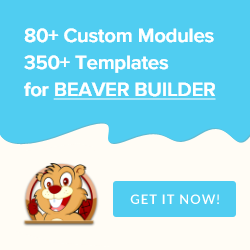Image Carousel Thumbnail Slider with SwiperJS and ACF in WordPress
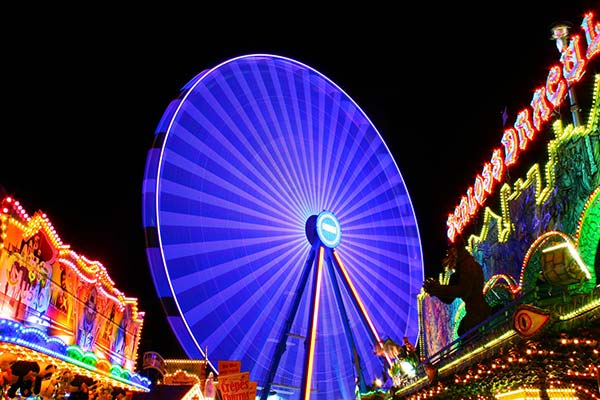
Here is a guide on how to make an image carousel thumbnail slider with SwiperJS and ACF in WordPress. (I have done a similar tutorial with LightersliderJS but that library is no longer updated). Using SwiperJS, I just want to…
Disable Lazy Loading in WordPress with a filter
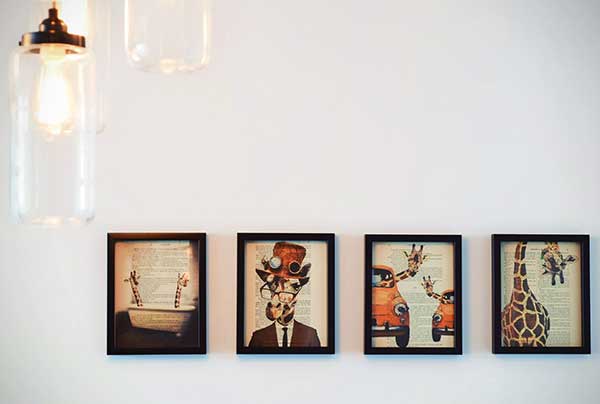
Since WordPress 5.5, lazy loading for images was implemented, this improves the perception of page load as the image is only loaded once in the viewport window. You may not light it as it can have a jarring effect as…
Image Carousel Thumbnail Slider with ACF Gallery Field in WordPress

Here is a guide on how to make an image carousel thumbnail slider with ACF in WordPress using the ACF gallery field. Lightslider, a lightweight image slider seems to fit the bill perfectly – I need it to just display simple…
jQuery replace an image on click
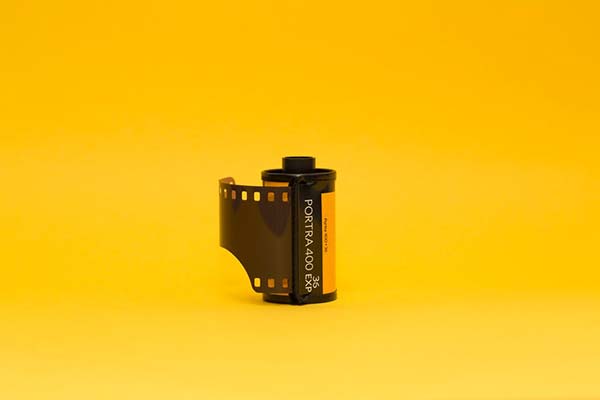
jQuery replace an image on click- example below, this is a method to swap numerous images in HTML by manipulating the images src attribute value from the click of another element such as a button. HTML <div> <button></button> <button></button> <button></button> <button></button>…
Add and Show Featured Images in Taxonomy Templates and in Single and Archive Posts

You can add a featured image to a Category Taxonomy in WordPress by using ACF and selecting the categories taxonomy, so now a new image field appears in the category back end page, the same process can be applied to…
Add The Title Attribute To Featured Image in WordPress

The title attribute for the WordPress featured post has been removed for a while, but you can get it back with the wp_get_attachment_image_attributes filter which can add the HTML attribute markup back in, add to your functions.php file… add_filter( ‘wp_get_attachment_image_attributes’,…
Remove Unused Image Media Sizes In Your WordPress Theme
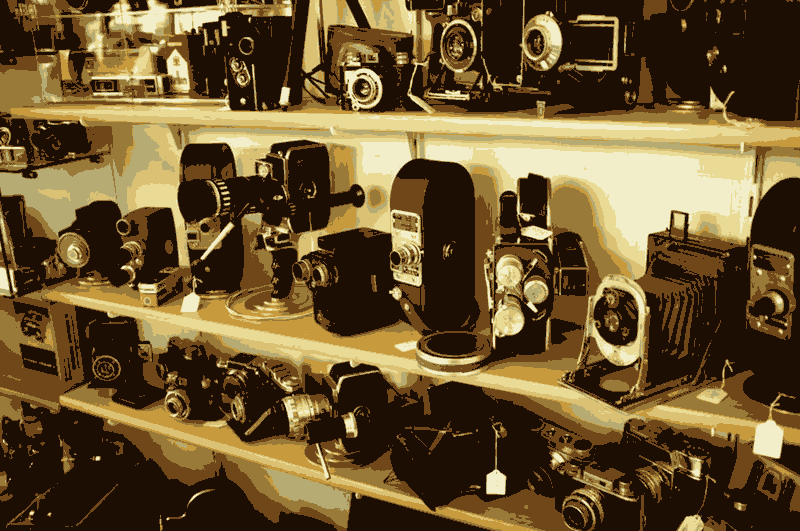
Keeping your WordPress image media library under control can mean a big difference to your site loading faster as well as your hard disk size footprint with the ability to easily back up or migrate your site. You basically need to remove…
Remove WordPress Default Image Sizes
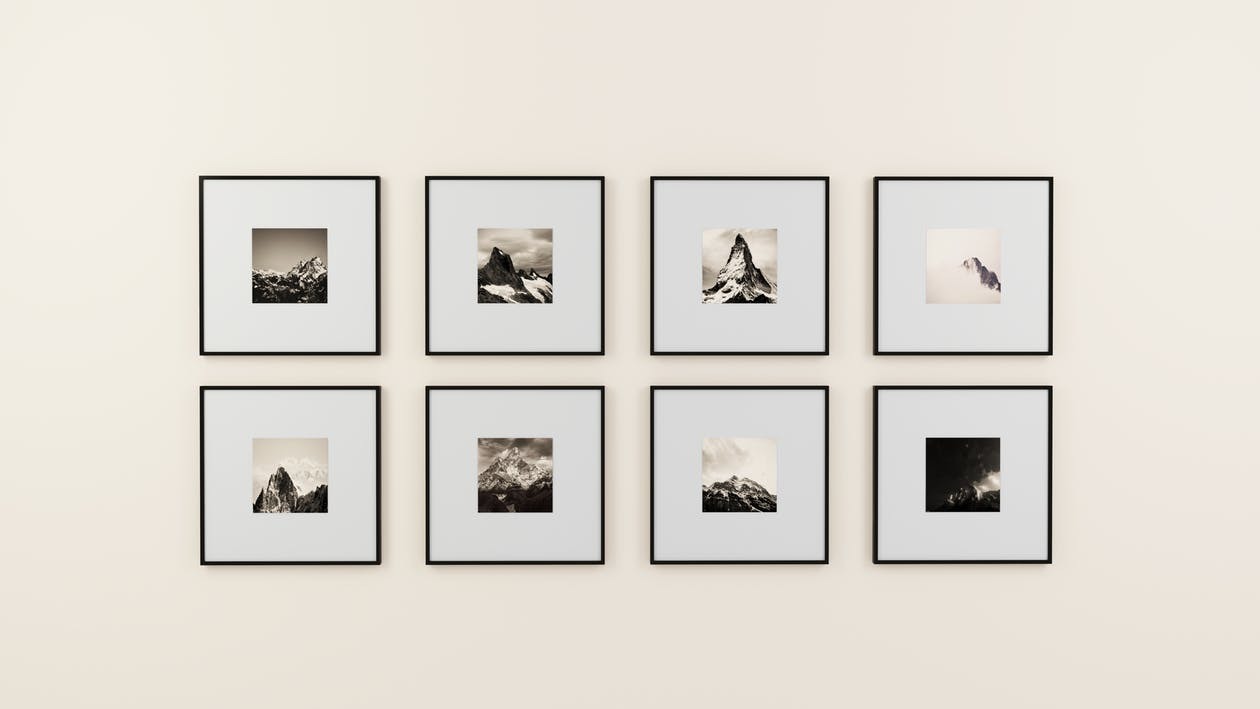
WordPress image sizes contain defaults, small, medium and large as well as medium-large which is used in their implementation of responsive images. You can remove these default images with a WordPress filter intermediate_image_sizes_advanced Why you may want to do this could…
Add background images to widget areas using Customizer in Genesis
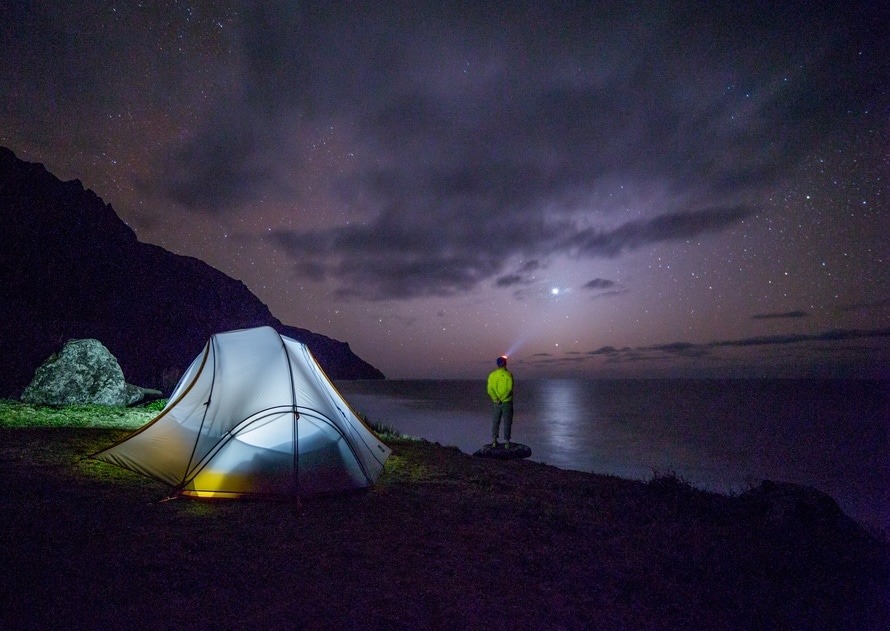
How to use the customiser to upload and set images as CSS backgrounds to widgetised areas in Genesis. Taking the Altitude Pro theme as an example as it uses a number of front page widget areas in which you can…
Add Multiple Site Background Images To Genesis Agency Pro Theme

You can add a multiple images as alternating site background images in the Genesis Agency Pro theme by tweaking the backstretch jQuery plugin that comes with the theme. Out of the box Agency Pro uses one master site background image as set in the Customizer, preferably at…

